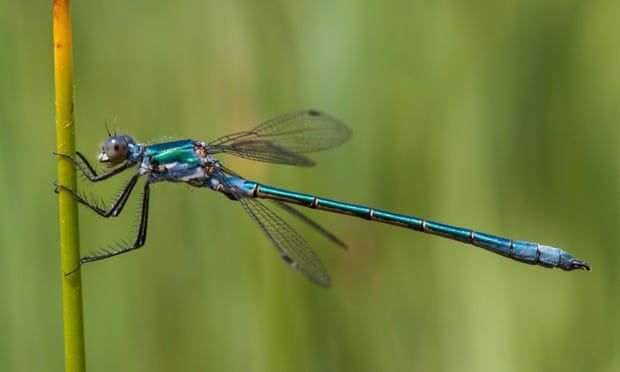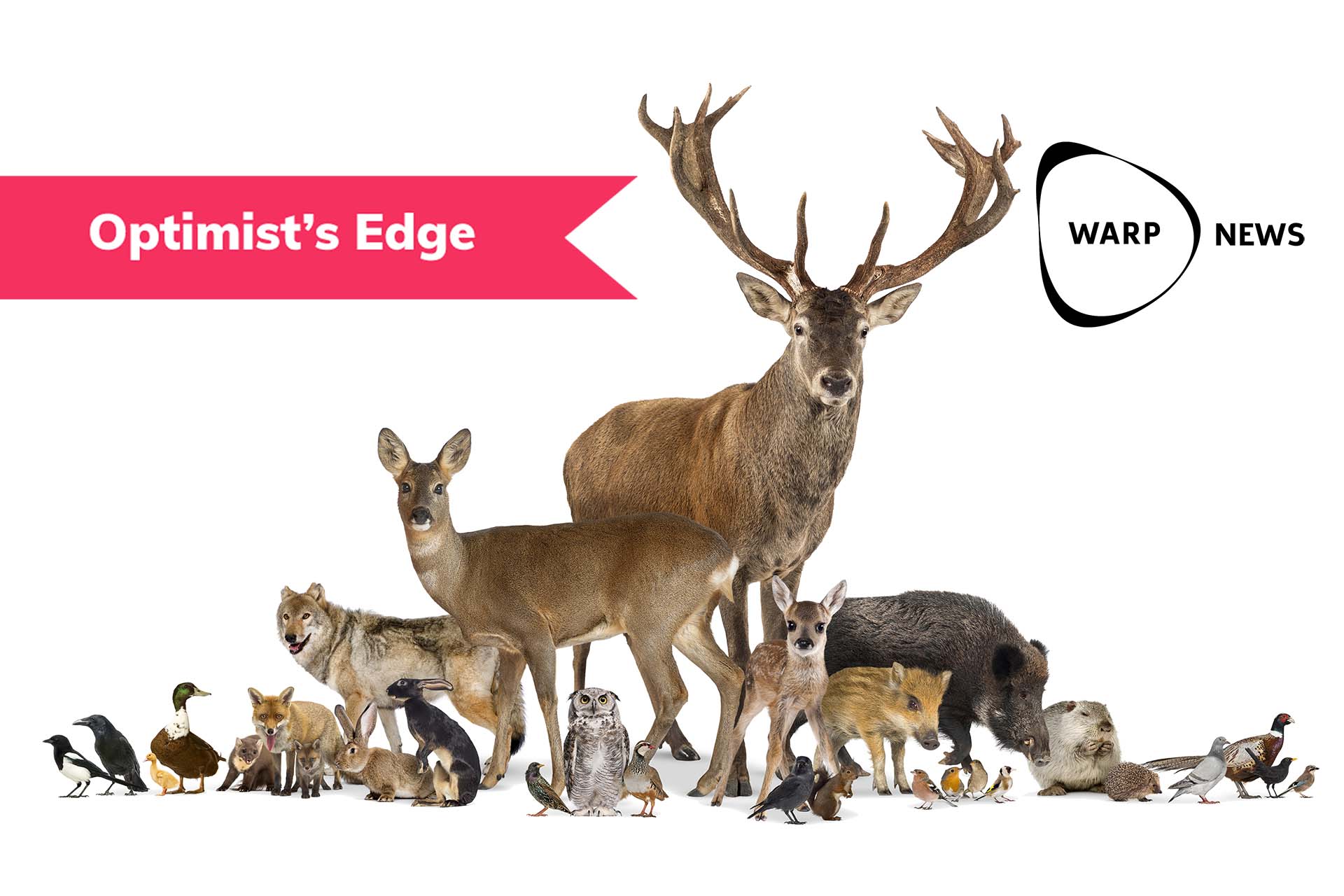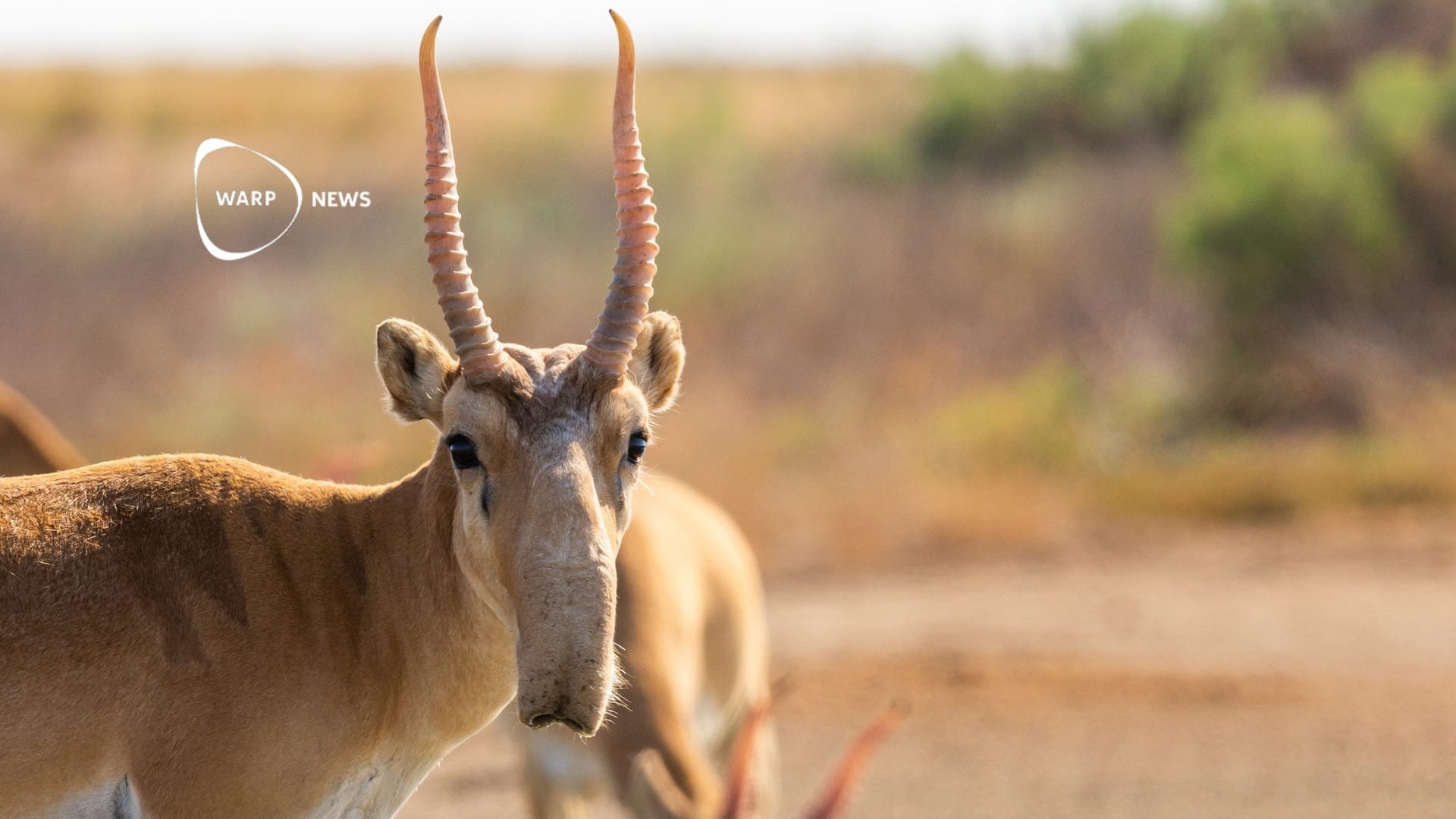
🐸 UK charity brings Ghost Ponds back to life
The UK charity, The Norfolk Wildlife Trust, diggs up ice-age era ponds on two rural sites. Their goal is to restore the original seed banks buried together with the old ponds when they were covered for agriculture.
Share this story!
These ancient ponds being restored are a unique pond called pingo (from the Inuit word for hill). The Norfolk Wildlife Trust explained that these ponds are relics from the last ice age. When the glaciers from the last ice age withdrew, they left behind chunks of soil-covered ice, and the pieces turned into water-filled hollows - or pingo ponds - once they melted.
"This is restoration from within," Jonathan Preston of Norfolk Wildlife Trust told The Guardian. "You can dig a pond anywhere, but the unique thing with these is getting down to that original sediment which will unlock an ancient seed bank."
During the 20th century, these pingo ponds, like many others, were filled up due to industrial agriculture. This was a loss for biodiversity since pondsare essential habitats for wildlife in general.
"A challenge today in our modern landscape is to ensure the survival and good quality of remaining ponds, and to restore lost ponds, also termed 'Ghost Ponds' in Norfolk," the trust said.
Since 2014 the trust has worked to restore the ponds in different areas. To this day, the team has restored 250 lost ponds, according to The Guardian. When the first pond was excavated, the team found animal bones and burnt flint.
“We know from our research that often quite rare plants can be preserved,” University College London professor Carl Sayer told The Guardian. “We’re disturbing sediment from a time when there were no sprays, no fertilizers, and much wilder places, so plants can come back and say hello.”
Another goal for the conservationists is for the ponds to provide homes for rare animal species like, for example, the scarce emerald damselfly and northern pool frog. Both these species were believed to be extinct in the UK until the 1980s and '90s and prefer to live in or near ponds with lots of vegetation.

By becoming a premium supporter, you help in the creation and sharing of fact-based optimistic news all over the world.



